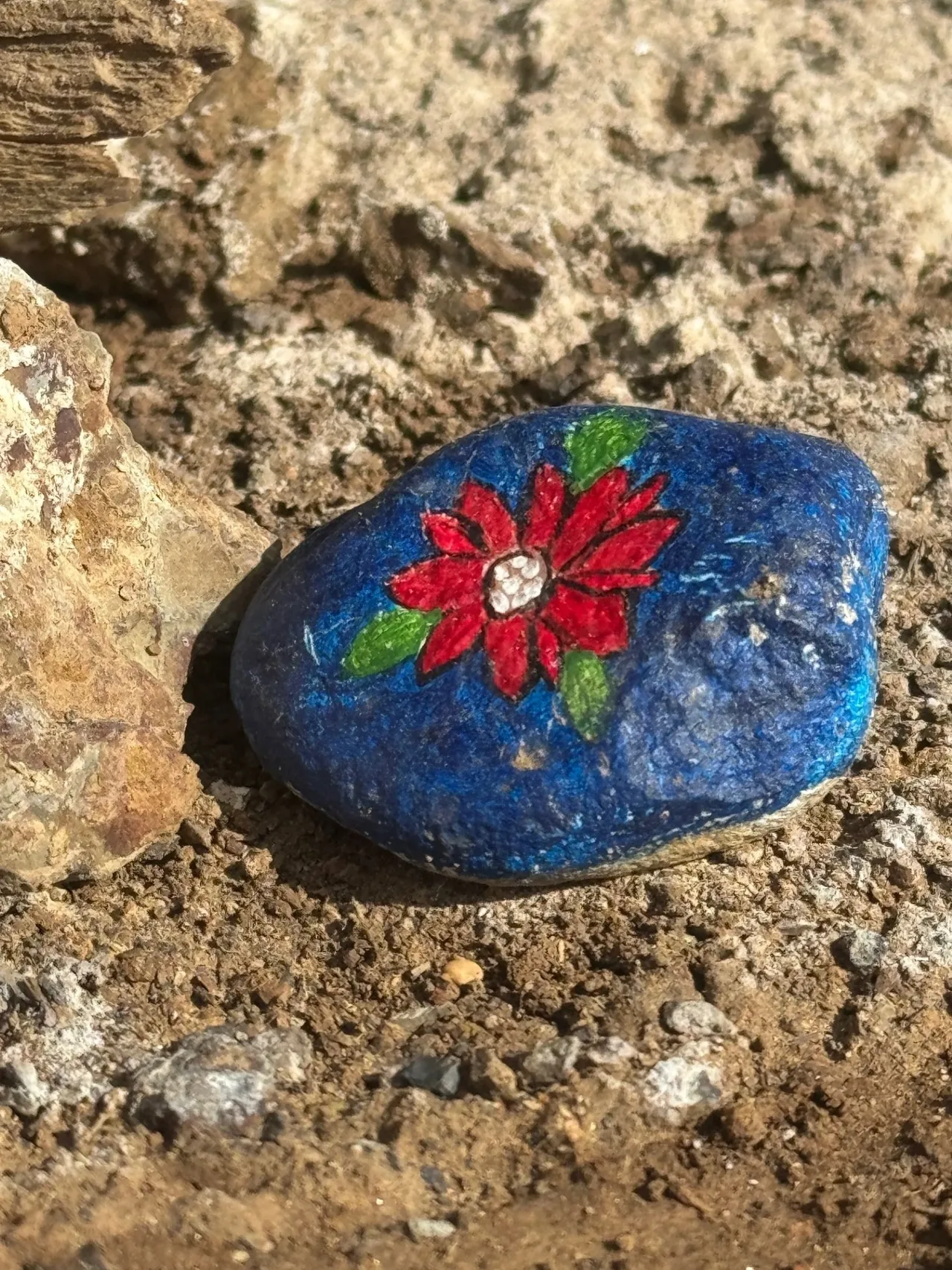
Conundrum -Painted Rocks & Leave No Trace: Balancing Art & Nature
In the heart of nature, where tranquility meets wilderness, the charming trend of painting rocks has sparked a debate that resonates deeply with the ethos of environmental conservation versus personal expression. This phenomenon, popularized by movements like The Kindness Rocks Project, involves individuals painting rocks with encouraging messages or artwork and leaving them for others to find, thereby spreading joy and a sense of community connection. However, this practice bumps up against one of the most cherished principles of outdoor ethics: Leave No Trace.
The Artistic Gesture:
The act of painting rocks and leaving them in public spaces or natural areas has become a beloved activity for many, offering a way to engage with nature, practice art, and share positivity. Communities have formed around this idea, sharing their creations online, discussing the best spots to leave their rocks, and celebrating the finds. The intent behind this trend is undeniably noble—spreading kindness and fostering a community spirit through art.
The Leave No Trace Principle:
Contrarily, the Leave No Trace principles, fundamentally, urge visitors to the outdoors to leave environments as they found them—or even better. This ethic is rooted in preserving ecosystems, wildlife, and the natural experience for future visitors. Among the seven principles, “Leave What You Find” explicitly advises against altering natural features, like rocks, or introducing foreign elements, including painted rocks, into the environment.
The Conflict:

Herein lies the conflict. While painted rocks might seem harmless, they introduce foreign materials (paint, even if non-toxic, still alters the natural state) into ecosystems, potentially affecting wildlife or the natural soil composition. Moreover, these painted rocks can become litter if not moved or collected responsibly, contradicting the “Pack It In, Pack It Out” principle of Leave No Trace.
Finding Balance:
1. Designated Areas: Some advocates propose creating designated areas or events where rock painting is allowed, perhaps in parks or community spaces, away from sensitive ecological zones. This approach could channel the artistic enthusiasm while protecting natural areas.
2. Eco-Friendly Practices: Using completely biodegradable, non-toxic paints and encouraging participants to clean up after themselves or dispose of rocks properly could mitigate some environmental impacts.
3. Educational Outreach: Combining the trends with educational components about Leave No Trace could foster a deeper understanding of environmental ethics. Participants could be encouraged to learn about and respect the ecosystems they’re interacting with.
4. Virtual Sharing: Instead of leaving rocks in the wild, enthusiasts could share their art online, turning the physical act into a digital experience, thereby preserving natural spaces while still spreading positivity.
Conclusion:
The painted rocks movement versus Leave No Trace ethics presents a modern dilemma between human expression and environmental respect. While the former seeks to connect people through art and kindness, the latter aims to preserve the integrity of nature. Finding a harmonious middle ground might involve more designated spaces for such activities, better education on ecological impacts, or shifting to digital platforms for sharing this form of art. Ultimately, the key lies in fostering a culture where love for nature doesn’t just stop at admiring it but extends to protecting it, ensuring that future generations can also enjoy both the beauty of nature and the joy of human creativity. This balance requires not just guidelines but a collective commitment to care for our natural world, even in our pursuit of beauty and connection.

